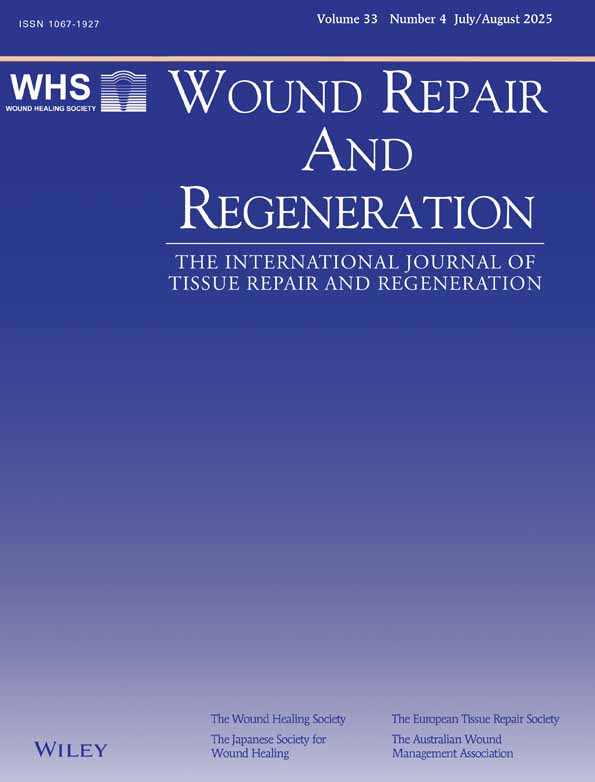Topical Tranexamic Acid, Adrenaline and Bupivacaine Solution for Pain Management and Healing in Split-Thickness Skin Graft Donor Sites: An Open-Label Interventional Study With Randomised Side Allocation
Funding: The author received no specific funding for this work.
ABSTRACT
Split-thickness skin graft donor site wounds present significant challenges in pain management and healing optimization. This intra-individual comparative study evaluated the efficacy and safety of a novel topical solution containing tranexamic acid, adrenaline and bupivacaine versus standard paraffin-chlorhexidine dressings, with side allocation determined by computer randomisation after graft harvesting. Twelve patients received standardised solution application on one donor site and standard treatment on the contralateral site, with each side's dressing changes performed according to protocol. The treatment group demonstrated significantly lower mean pain scores across all time intervals (1.1 vs. 5.3 at 24 h, p < 0.001). Mean epithelialization rates at Days 10–14 were higher in the treatment group (97.1% vs. 94.8%, p < 0.05), with faster time to complete healing (median 12 vs. 16 days, p = 0.002). No significant hemodynamic changes occurred following solution application, with only one case of transient tachycardia reported. Vancouver Scar Scale scores at eight weeks showed a trend favouring the treatment (3.8 vs. 4.2, p = 0.15), although this difference was not statistically significant. No infections were observed in either group. These findings suggest that this novel topical solution with transparent film dressing effectively reduces pain and accelerates healing in donor site wounds without compromising safety, providing a promising new option for managing these challenging surgical wounds.
Conflicts of Interest
The author is the inventor on Patent Cooperation Treaty (PCT) international patent application PCT/TH2024/000014 titled ‘The Compound Formulations for the Treatment and Delivery of Drugs on Open Wounds, Closed Wounds and Donor Site Wounds’ filed on September 26, 2024.
Open Research
Data Availability Statement
The data that support the findings of this study are available from the corresponding author upon reasonable request.




